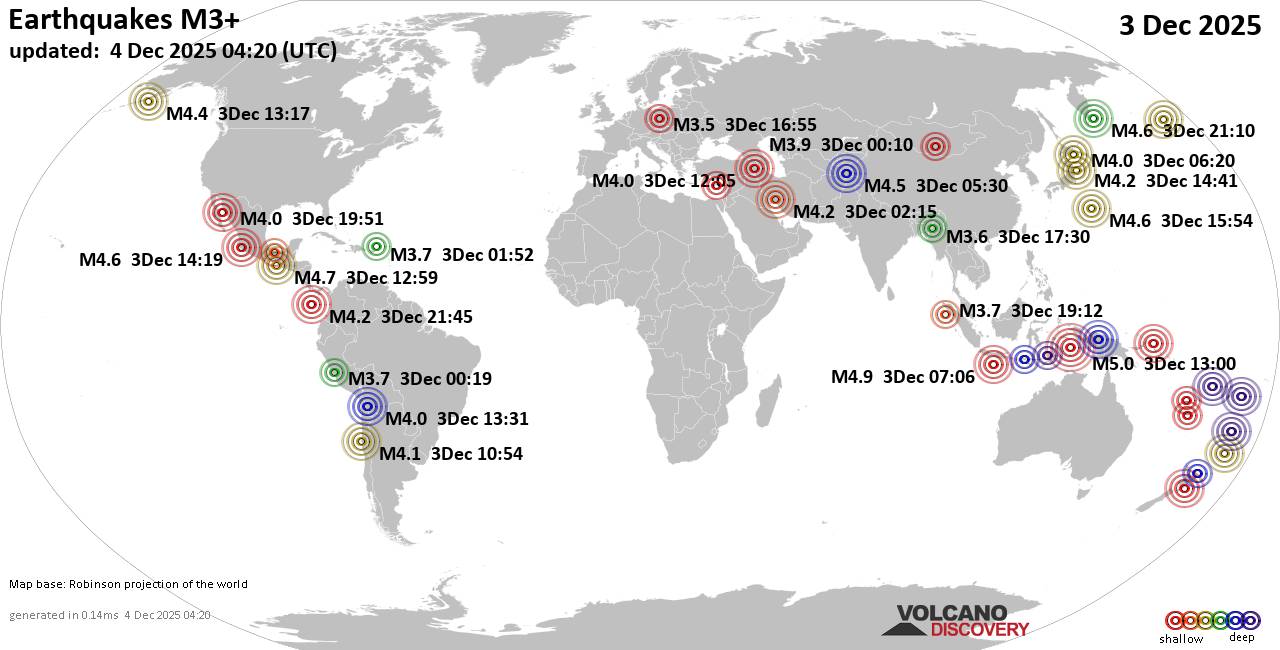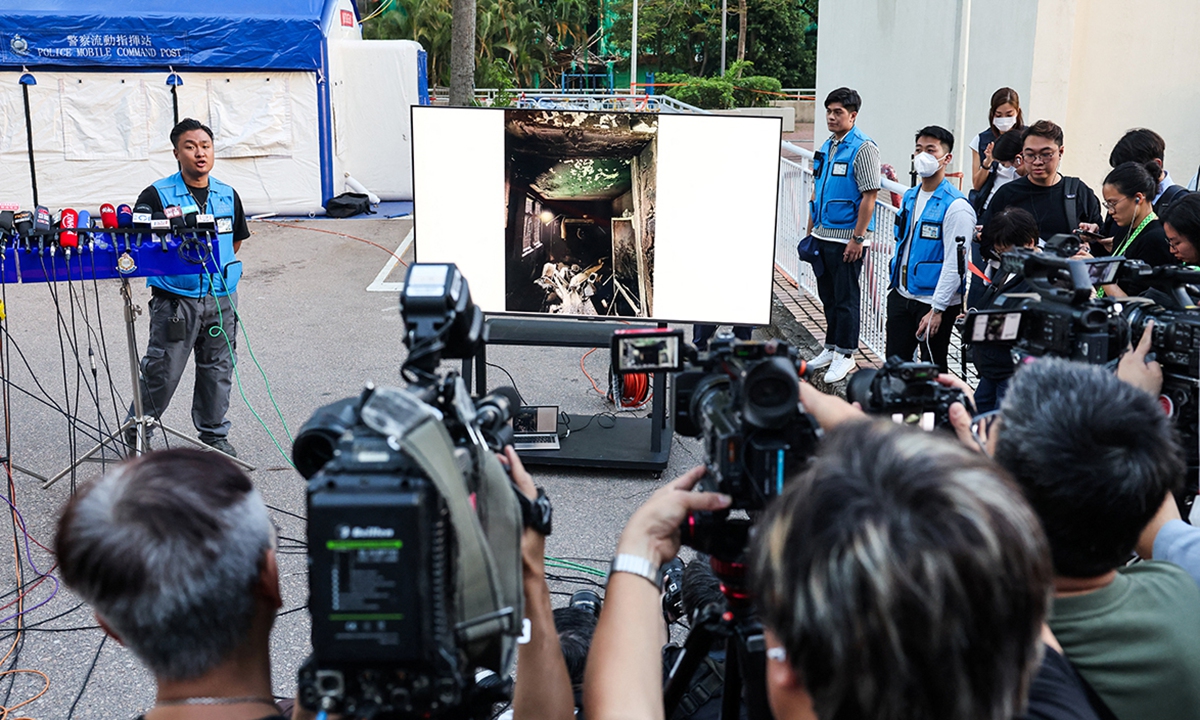Discover Pandipedia
Pandipedia is the world's first encyclopaedia of machine generated content approved by humans. You can contribute by simply searching and clicking/tapping on "Add To Pandipedia" in the answer you like. Learn More
Expand the world's knowledge as you search and help others. Go you!
In an unprecedented turn of events, 11 people were killed during a shooting at a Jewish community event in Australia. What does this reveal about rising antisemitism globally? Let's break down the latest news.
🧵 1/6
Mass Shooting in Australia: A tragic attack at Bondi Beach targeted a Jewish Hanukkah celebration, killing 11 and injuring 29. Prime Minister Albanese called it an 'act of evil antisemitism.' How will this impact community safety? According to ABC News.
🧵 2/6
Epstein Photos Released: Over 90 images from Jeffrey Epstein's estate have surfaced, featuring powerful figures including Donald Trump and Bill Clinton. The implications of their connection to Epstein are raising eyebrows. What does this mean for public perception? As reported by ABC News.
🧵 3/6
Extreme Weather Hits: Record flooding in the Pacific Northwest is forcing evacuations, while the Midwest braces for severe cold and snow. How will communities cope with these escalating weather events? Public safety is a priority as the weather pattern shifts. According to ABC News.
🧵 4/6
Trump's White House Ballroom Controversy: A lawsuit aims to halt the construction of a $300 million ballroom at the White House, claiming it bypasses crucial public review. What are the legal implications of this construction? This conflict could shape future transparency. As reported by PBS.
🧵 5/6
Which fact surprised you most? Share your thoughts on these pressing stories!
🧵 6/6
Sources from:
Let's look at alternatives:
- Modify the query.
- Start a new thread.
- Remove sources (if manually added).

Towns have twin towns or sister cities primarily to promote cultural and commercial ties, foster international friendship, and enhance peace and understanding. The concept originated after World War II as a means of reconciliation among communities that had suffered from conflict. Town twinning encourages collaboration on various projects, trade, and tourism, facilitating cultural exchanges that enrich the participating communities[1][3].
Twin town relationships also serve practical purposes, allowing municipalities to share best practices and identify successful strategies for issues like urban planning and social services[2][4]. These partnerships can boost local economies and strengthen community bonds through shared events and activities[2][4].
Let's look at alternatives:
- Modify the query.
- Start a new thread.
- Remove sources (if manually added).
Get more accurate answers with Super Pandi, upload files, personalised discovery feed, save searches and contribute to the PandiPedia.
Let's look at alternatives:
- Modify the query.
- Start a new thread.
- Remove sources (if manually added).
Let's look at alternatives:
- Modify the query.
- Start a new thread.
- Remove sources (if manually added).
Let's look at alternatives:
- Modify the query.
- Start a new thread.
- Remove sources (if manually added).
Could international law finally bring justice to the Middle East? 🌍 In today's thread, we explore major global developments, from escalating conflicts to human rights issues. Don't miss these insights!
🧵 1/6
US Sanctions on UN Rapporteur: Francesca Albanese, a UN special rapporteur on Palestine, faced US sanctions, impacting her life and work. This rise in intimidation against voices for justice threatens legal processes worldwide. What implications does this have? (Al Jazeera)
🧵 2/6
Airstrikes in Southeast Asia: Thailand has launched airstrikes along its border with Cambodia after renewed clashes, resulting in civilian casualties and mass evacuations. Could this signal deeper regional instability? Time will tell! (The Guardian)
🧵 3/6
Russian Attacks on Ukraine: Russia continues to target Ukrainian infrastructure with drone and missile attacks, claiming civilian lives. As the war presses on, what more support does Ukraine need to defend itself? (ABC News)
🧵 4/6
Crisis in Gaza: The ongoing situation in Gaza raises pressing questions about international law's effectiveness in addressing potential genocide and war crimes. Can global legal frameworks be reformed to ensure accountability? (Al Jazeera)
🧵 5/6
Which of these developments resonates with you most? Let's discuss your thoughts and reactions below!
🧵 6/6
Sources from:
Let's look at alternatives:
- Modify the query.
- Start a new thread.
- Remove sources (if manually added).
Get more accurate answers with Super Pandi, upload files, personalised discovery feed, save searches and contribute to the PandiPedia.
Let's look at alternatives:
- Modify the query.
- Start a new thread.
- Remove sources (if manually added).
🔥 Are we on the brink of new wars? Today's news reveals escalating conflicts across the globe that could change everything. Stay tuned for the latest insights!
🧵 1/6
⚔️ Thailand-Cambodia Border Clashes Intensify: Airstrikes have erupted after a Thai soldier was killed, with both nations blaming each other. This fresh violence threatens a recently brokered peace deal by Trump. What will happen next? According to Al Jazeera.
🧵 2/6
💔 Ukraine Under Attack Again: Russian forces targeted energy infrastructure, claiming civilian lives as the war escalates. With harsh winters ahead, how will Ukraine cope with ongoing assaults? As reported by ABC News.
🧵 3/6
🤝 Distrust in Peace Agreements: The ceasefire between Thailand and Cambodia, negotiated just weeks ago, is at risk as provocative actions increase. Can diplomatic efforts hold in such heated conditions? CNN brings the latest.
🧵 4/6
🌍 The Global Ripple Effect: These rising tensions aren't just local; they could have far-reaching impacts on international stability and economies. Are we prepared for the consequences?
🧵 5/6
Which of these developments surprises you most? Share your thoughts below!
🧵 6/6
Sources from:
Let's look at alternatives:
- Modify the query.
- Start a new thread.
- Remove sources (if manually added).
What if I told you that a massive nightclub fire led to 25 tragic deaths in Goa? 😱 Let's dive into the latest world news with some stark developments you need to know!
🧵 1/6
Deadly Nightclub Blaze: At least 25 people died in a devastating fire at Birch nightclub in North Goa after midnight on Sunday. This incident highlights major safety violations. How could better regulations prevent such tragedies? According to Times Now.
🧵 2/6
Canada Embraces Bitcoin: The National Bank of Canada has purchased 1.47 million shares of MicroStrategy, signaling a shift towards cryptocurrency by traditional banks. Could this herald a broader acceptance of crypto in mainstream finance? According to Coinpedia.
🧵 3/6
Regulatory Changes in the UK: The UK has passed a law treating cryptocurrencies as property, providing clear legal groundwork for ownership. This could be a pivotal moment for the crypto market! Will other countries follow suit? According to Coinpedia.
🧵 4/6
Sarpanch Arrested Amid Fire Tragedy: Authorities have arrested four individuals, including a local Sarpanch, related to the Goa nightclub fire, underscoring accountability in safety measures. What other actions are needed to prevent future disasters? According to Times Now.
🧵 5/6
Which of these developments surprised you most? Share your thoughts below!
🧵 6/6
Sources from:
Let's look at alternatives:
- Modify the query.
- Start a new thread.
- Remove sources (if manually added).

Thermal shock in coffee processing refers to a technique that involves exposing coffee beans to dramatic temperature changes during fermentation, which impacts the flavor profile of the coffee. This method is particularly notable for its ability to enhance the extraction of flavors from the coffee cherry.
The thermal shock process typically starts with the selection of ripe coffee cherries, which are then cleaned and prepared for fermentation. The cherries undergo fermentation in a controlled anaerobic environment, where unique yeast strains are added to encourage specific flavor developments. After initial fermentation, the coffee is subjected to a heating phase where it is heated in its juices to temperatures between 104 and 122 degrees Fahrenheit. This heating is intended to expand the pores of the coffee beans, allowing them to absorb the juices' flavors more effectively. Following this, the beans experience rapid cooling, which contracts the pores and locks in the absorbed flavors[1].
The result of this process is often a coffee that exhibits complex flavors, such as strong floral notes and fruity impressions, making it appealing to those who enjoy tasting the intricacies of coffee beyond traditional profiles[4]. The careful manipulation of fermentation and thermal shock helps produce a distinctive and vibrant coffee experience[6].
Let's look at alternatives:
- Modify the query.
- Start a new thread.
- Remove sources (if manually added).















